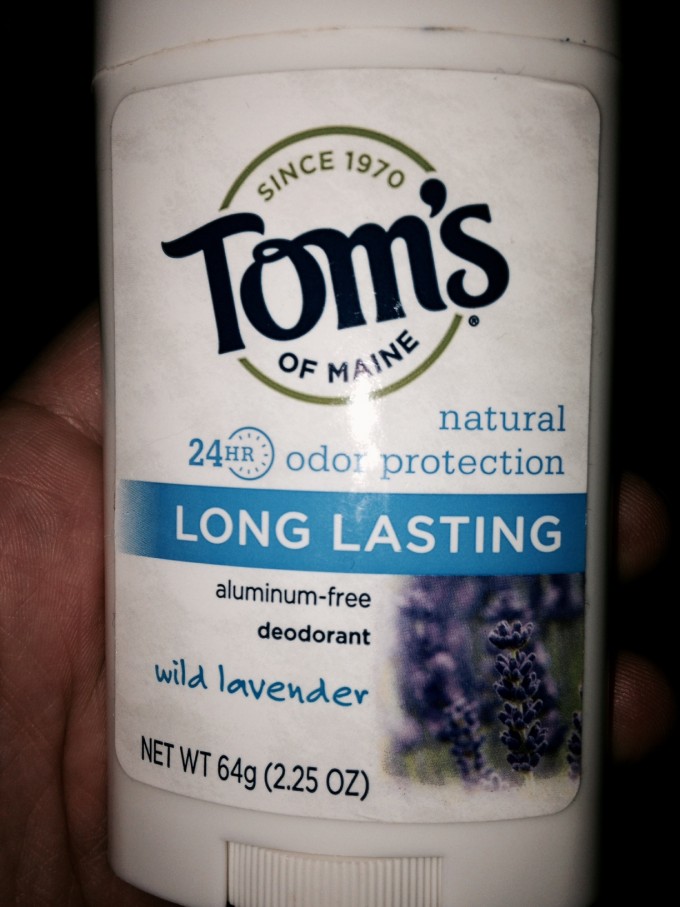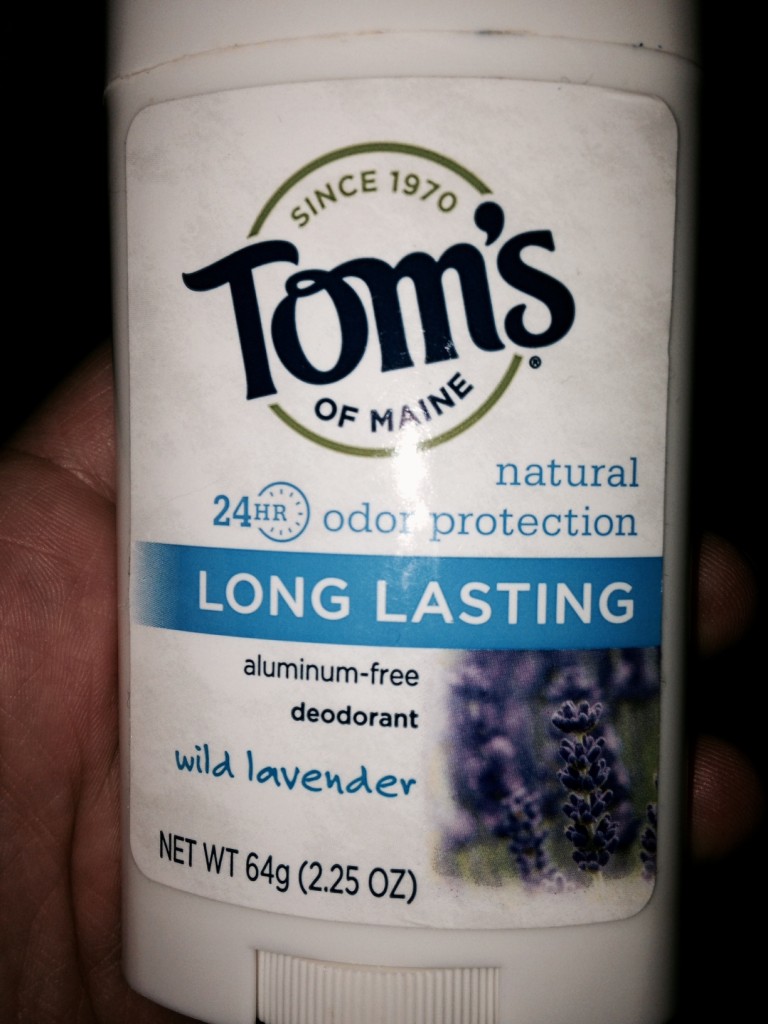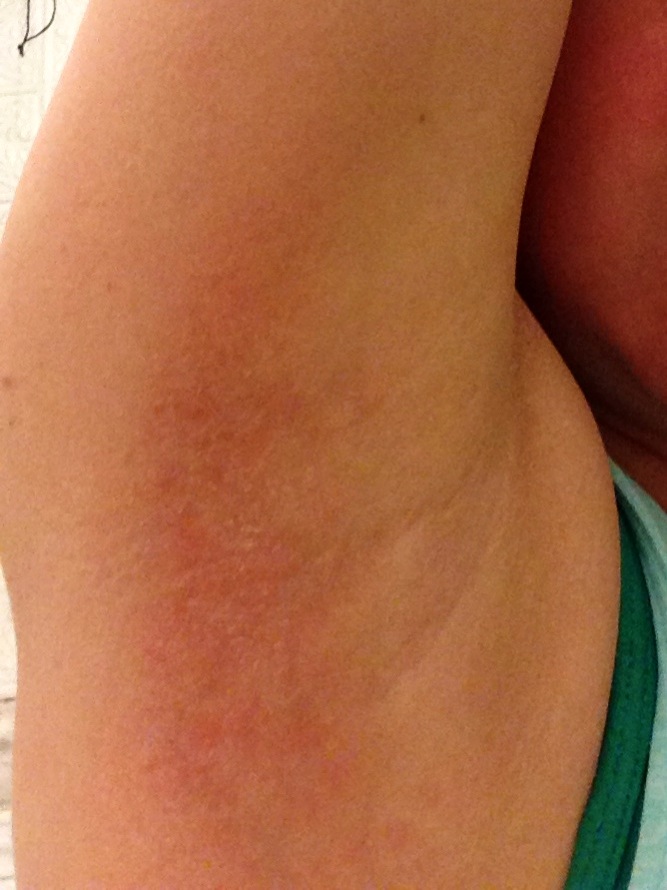
How Your Fav Companies are Worse than Tinder
 It’s tough to be a consumer these days.
It’s tough to be a consumer these days.
It all started with deodorant. After questionable links with aluminum DO & cancer, I switched to the aluminum-free Trader Joe’s brand. I figured less hazardous chemicals in my beauty products are better for me overall, eh?
I didn’t make it over to Trader Joe’s for a refill and instead bought Tom’s of Maine Wild Lavender DO. Yet I noticed over the past week that I had a bad allergic reaction.
Let me clarify: I have zero allergies and rarely react physically to any products – except maybe the joy of warm brie on a baguette.
After this revelation, I took to the internets to figure out what ingredient could be bad for my pits.
Some blamed the propylene glycol, which can cause irritation, while others blamed the essential (lavender) oils or the zinc ricinoleate.
The Environmental Working Group gave the DO a score of 3, with moderate risk of allergies & immunotoxicity.

Irregardless of what ingredient is giving me problem, I can’t just ‘trust’ a brand like Tom’s because they say they’re natural. I gotta find out for myself.
Being a conscious consumer
So if I try to choose the greener, more natural deodorant with problems, how can I be a more conscious consumer? Call me the Robin Thicke of green shopping, but there’s blurred lines about what products on the market are A-OK and which ones are begging for misinterpretation.
Recently, Proctor & Gamble promoted their ‘green’ products at a sustainability conference I attended. They had green products on posters and bragged about their green accomplishments.
Looking further at their poster, I noticed the language:
“As a company, we have committed to bold, long-term goals, publicly declaring to move toward:
-
100% renewable energy in our plants
-
100% renewable materials in our products
-
zero consumer waste and fossil fuel CO2.”
As I noticed conference attendees asking them about their products and ‘green’ products, I waited my turn to ask the company rep one simple question:
“So your poster says you’re publicly declaring to move toward 100% renewable materials in our products. How are are you along that goal today?”
The company rep referred me to the website on the poster and replied he didn’t know 100%. He said he had some green certifications (he didn’t know which one because there are “so many out there”) and that all the information could be found on the website.
Interesting that a sustainability ‘rep’ couldn’t answer what they’re actually doing to their products, eh?
Updated 3/11/14: Correct website, for those who want to check: http://www.pg.com/en_US/sustainability/index.shtml
Companies vs Consumer
The moral of the story?
Companies are basically on Tinder with you. They’re only showing their hottest angles, courting you with their sexy language, ultimately trying to get in your grocery cart pants. Maybe even score a few times in the sack, hoping you’ll talk them up with your closest friends.
Unfortunately you can’t judge a book by its cover, a person by their Tinder photo, or your ‘green’ product on the shelf by its label.
Read the ingredient list and look for words you’re unsure of. Check with the magic of Google or the Environmental Working Group guide for what potentially hazardous chemicals are out there.
You’ll have to make some compromises and quick decisions to avoid spending hours in Whole Foods or Target. But it’s better than waking up after a roofie and needing to make a new doctor’s appointment with an unexpected breakout.
Talking strictly about deodorant here, of course…
Readers, what do you do to be a conscious consumer?









